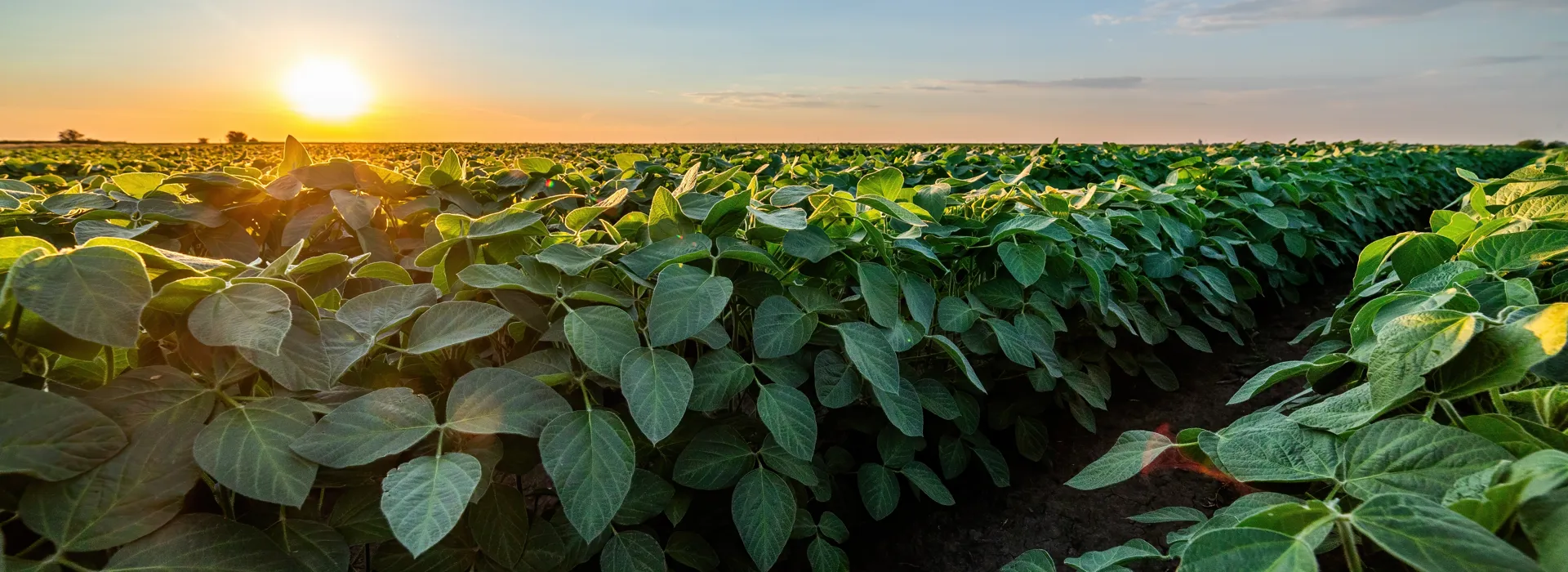Biofuel bunkering represents a critical process in the maritime industry's transition to sustainable fuel solutions. With this in mind, this guide provides an overview of how biofuels are supplied, transported, and stored for marine use.
We will explore the technical and logistical complexities of biofuel bunkering, including the specific processes involved in delivering fuel to ships, while offering insights into the regulatory landscape that governs biofuel bunkering in the shipping industry.
Finally, we will aim to demystify the practical aspects of biofuel supply and understand the infrastructure and challenges associated with this emerging technology.
What is biofuel bunkering?
Bunkering is the name given to the process of supplying fuels directly to a ship’s fuel tank. More specifically, biofuel bunkering describes supplying biofuels (i.e. fuels derived from renewable sources such as vegetable oil and organic waste) to a ship. Biofuel bunkering is becoming more widespread as the maritime industry is increasingly adopting alternative fuels as part of the green transition in order to reduce its impact on the environment.
While traditional bunkering for conventional fuels can take place in port terminals or at sea, the unique characteristics of biofuels mean they need special infrastructure for bunkering to prevent contamination and ensure safety.
How are biofuels transported and stored for marine use?
While biofuels share many characteristics with fossil-based fuels, they do have a number of distinct physical and chemical properties (e.g. flashpoints, cold-flow behaviour, and corrosiveness) which present certain technical and logistical challenges. As such, the transport and storage of biofuels for marine use involves specialised practices to ensure operational efficiency and safety.
The transportation of biofuels for marine use is usually done in one of the following ways:
- Primary transport
Biofuels are shipped either as the finished product or there crude/refined feedstocks – are mostly shipped on IMO classed chemical tankers. Some biofuels have more advanced seaborne carriage requirements than others and therefore the type of ship, its tank coatings and its last cargos are an important part of biofuel shipping. Other transport methods used include via rail or truck. - Pipeline transport
This is an efficient way to transport liquid fuel, however the nature of biofuels (e.g. their corrosive properties and chemical reactivity) means that the viability of pipeline transport is limited. - Bunkering-specific transport
Specialised bunkering barges and tankers can be used in ports to deliver biofuels directly to ships, however these need dedicated systems to prevent contamination and ensure safety.
With regards to the storage of biofuels for marine use, this is typically done via:
- Onshore storage facilities
Bunkering hubs store biofuels in large tanks which are corrosion-resistant, temperature-controlled and with water management systems to prevent microbial growth. - Shipboard storage
Existing fuel tanks on vessels can be used to store biofuels for low-flashpoint fuels like bio-methanol. Tanks either need to be specially designed or retrofitted to meet the specific safety requirements for each type of biofuel.
What regulations govern biofuel bunkering in shipping?
Given that biofuel bunkering is still an emerging practice in the maritime industry, so too are the regulations that govern it.
There are a range of safety, handling, and operational standards currently in place for biofuels which each apply in specific circumstances. These include:
- European Maritime Safety Agency (EMSA)
The EMSA has published safety standards analysing some biofuels (e.g. bio-methanol, bio-FT-diesel, bio-DME, HVO, and FAME). These standards focus on hazard identification during bunkering. - Bio-methanol regulatory framework
Out of all biofuels, bio-methanol has the most well-developed bunkering protocols. This is because it is chemically very similar to fossil-based methanol. Existing guidelines include the Port of Gothenburg’s best practices for methanol bunkering and the CEN Specification for methanol bunkering. - Local port guidelines
Some international ports are playing a key role in filling in regulatory gaps by setting early standards. For example, the Port of Singapore’s Marine Circular No. 21 (2022) provides a local framework for green fuel bunkering. - A risk-based approach
Until global standards are developed for biofuel bunkering, a risk-based approach is recommended. This includes the use of Personal Protective Equipment (e.g. safety glasses, chemical-resistant gloves, and body and respiratory protection) according to the fuel type and risk level.
As biofuel usage becomes more common in the maritime sector, it is likely that the International Maritime Organisation (IMO) and other regulatory bodies will develop standardised biofuel bunkering regulations.

